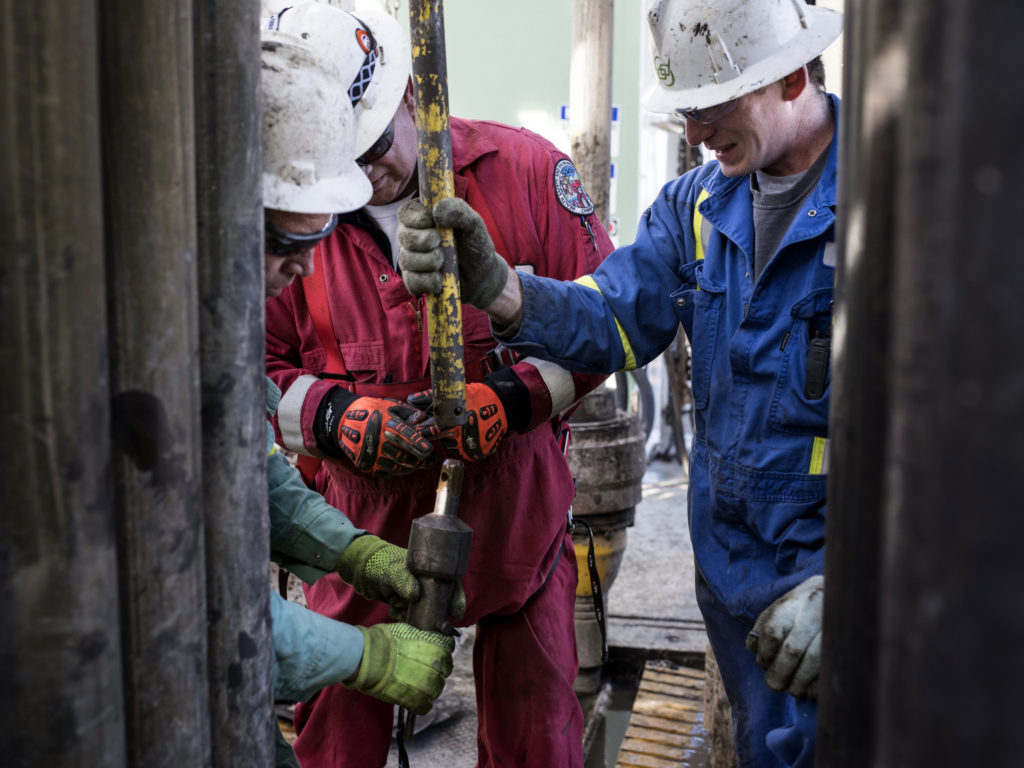
Oil’s rally is unraveling on fears over a rise in U.S. production and as a deepening slump in equities undermined market support.
Benchmark Brent fell to its lowest level since Jan. 8 as Baker Hughes data showed American explorers last week raised the number of rigs drilling for crude to the highest in almost six months. A global slump in equities deepened on Monday, removing another pillar of support for the oil market.
Brent has broken $70 a barrel this year, extending a rally driven by the extension of an output deal until the end of 2018 by the Organization of Petroleum Exporting Countries and its allies. While crude’s strong start to the year was also helped by falling U.S. inventories, a strong rise in equities and a weaker dollar, analysts have been cautioning about the potential for a surge in U.S. shale production.
“The weaker opening was a combination of the risk-off sentiment that the stock market showed, but also the rig count which continues to rise,” says Ole Hansen, head of commodities strategy at Saxo Bank A/S. “It continues to confirm that U.S. producers are in good health and will increase production as prices go up.”
Brent for April settlement lost as much as 89 cents to $67.69 a barrel on the London-based ICE Futures Europe exchange. It traded 50 cents lower at $68.08 a barrel at 10:48 a.m. in London. The global benchmark crude traded at a premium of $3.31 to April West Texas Intermediate, the least since August.
WTI for March delivery dropped 19 cents to $65.26 a barrel on the New York Mercantile Exchange. Total volume traded was about 57 percent above the 100-day average.
U.S. drillers last week added six rigs to raise the number of machines drilling for crude to 765, the highest since Aug. 11, Baker Hughes data showed Friday. That may lead to a further increase in U.S. crude production, which breached 10 million barrels a day to the highest level in more than four decades in November.